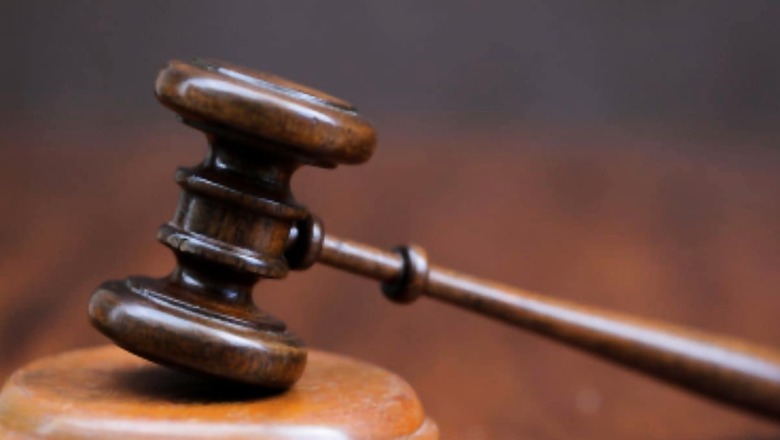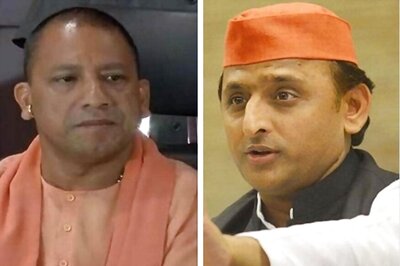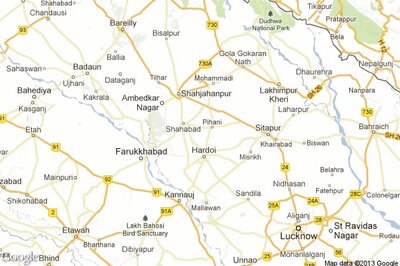No Difference in Judicial Powers, Duties of Additional and Permanent HC Judges: Allahabad High Court

views
The Allahabad High Court recently observed that there is no difference between the judges appointed under Article 217 of the Constitution of India and the judges appointed under Article 224 i.e. additional or acting judges as far as the judicial powers and duties of the high court judges are concerned.
The only distinction between additional and permanent high court judges is their tenure, the court clarified.
An additional or acting judge holds office as per the provision contained in Article 224, while other judges continue in office until they attain the age of 62 years.
Further, a division bench of Justice Devendra Kumar Upadhyaya and Justice Subhash Vidyarthi highlighted that there is no separate oath for the judges appointed under Article 224.
“The Judges appointed under Article 224 of the Constitution of India are also under oath to duly and faithfully and to the best of their ability, knowledge and judgment, perform the duties of their office without fear of favour, affection or ill-will like a Judge appointed under Article 217,” the court pointed out.
Moreover, the court observed that all judges are duty-bound to perform the judicial work allotted to them and to exercise their jurisdiction accordingly, irrespective of the Constitutional provision under which they have been appointed.
The observations were made in a review application filed against the decision of a division bench in a special appeal.
The applicant had alleged that the impugned judgment was pronounced flouting the procedure prescribed in Chapter VII, Rule 1 of the Allahabad High Court Rules, 1952, therefore, it was unsustainable in law.
A contention was also raised that the special appeal was heard by a division bench, consisting of two judges, one of whom was appointed under Article 217, whereas the other judge was appointed under Article 224, hence, the formation of the bench was against the spirit of the Constitution.
On the point of pronouncement of the judgment, the high court held that there had been no violation of the high court rules.
The court noted that the gist of the judgment and the outcome of the appeal was pronounced in open court and the detailed judgment was dictated subsequently in the Chamber.
It held that though Rule 1 of the high court rules provides that the judgment may be pronounced either at once, or on some future date after giving notice to the parties, it does not confer any substantive right on any party.
“The Rule does not provide any adverse consequence of the entire judgment not being pronounced in open Court immediately. In our considered view, the aforesaid Procedural Rule is merely directory in nature,” opined the court.
The court found the review application lacking merit, hence dismissed it.



















Comments
0 comment